Part 1 - How Gen Z and Millennials Are Reshaping Philanthropy
The Lilly School of Philanthropy produced a report about “The Next Generation of Philanthropy” in January, 2025. This two-part blog post is based on their report—outcomes and thoughts.
The landscape of philanthropy is changing as Generation Z and Millennials take the reins. Their approach to charitable giving differs significantly from previous generations, with a strong emphasis on flexibility, social impact, and digital engagement. Understanding their motivations and behaviors is essential for nonprofits looking to engage this next generation of donors.
Unlike previous generations who often donated out of tradition or personal obligation, younger donors are highly issue-driven. Gen Z and Millennials prioritize causes that align with their values, including climate action, social justice, and international aid. They are less likely to support traditional institutions like education or the arts, which have historically been key areas for philanthropic giving.
Technology plays a central role in how young donors engage with philanthropy. They leverage social media to learn about causes, advocate for change, and contribute to crowdfunding campaigns. Online giving, especially through peer-to-peer fundraising and micro-donations, has skyrocketed among these generations. Platforms like GoFundMe, Instagram fundraisers, and TikTok donation campaigns are preferred over traditional fundraising events.
Gen Z and Millennials demand transparency and measurable impact from nonprofits. They want to see clear evidence of how their donations are being used and the real-world impact they create. This shift in expectations means nonprofits must prioritize transparency, regularly update donors on outcomes, and provide tangible proof of their work.
Religious giving remains a key area of philanthropy for younger donors, but there’s a notable decline in contributions to traditional educational institutions. Instead, donations are directed toward organizations that support basic needs such as food security, housing, and healthcare. These generations also actively engage in ethical consumerism, impact investing, and other forms of social activism beyond monetary donations.
To successfully engage young donors, nonprofits must adopt a multi-channel approach that integrates digital tools, storytelling, and interactive experiences. Providing opportunities for direct engagement—such as volunteering or advisory board roles—can foster long-term relationships with younger supporters.
Philanthropy is evolving, and organizations that adapt to the changing expectations of Gen Z and Millennials will be best positioned to thrive in the years ahead.


